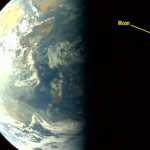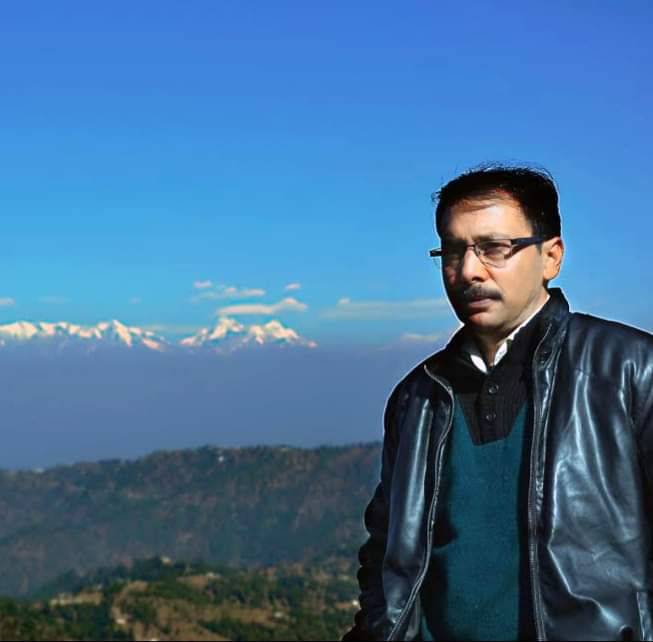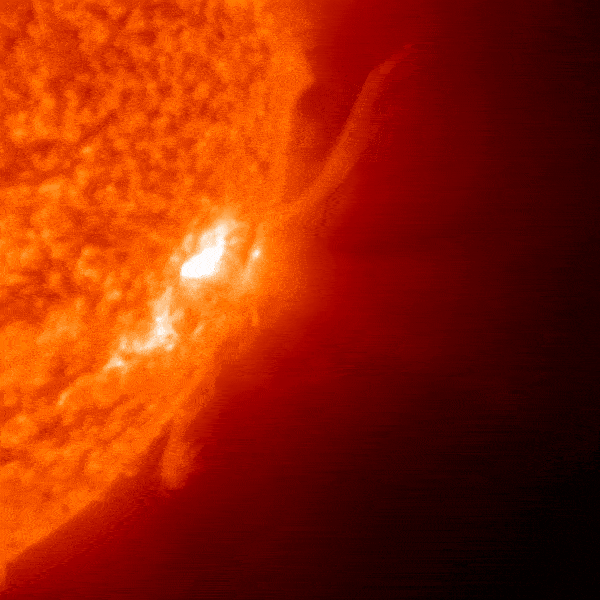Aditya L1 proved its efficiency
Aditya L1 has given the first proof of its efficiency and working capacity in the form of a selfie. In the selfie, the earth is seen with attractive colors. This picture shows the advanced technology of Indian astronomers. It also tells that India is going to leapfrog higher in the field of space missions in the future. The proof of which will be available next month. Indian Space Research Organization (ISRO) is going to launch the test mission of Gagan spacecraft next month.
Aditya L1 will predict mini ice age
Aditya L1 is designed to be multifunctional. In which equipment has been installed to predict the Mini Ice Age. But it is difficult to say anything about it right now. Scientists believe that Aditya will probably be helpful in predicting the upcoming mini ice age on Earth. This mission will prove effective for atmospheric science. Will be able to collect data of Earth’s atmospheric gases. Atmospheric scientists will be able to study from the data.
Terrible solar storms are a major celestial threat
Even though asteroids and comets are considered a major threat to the Earth, an even greater threat is geomagnetism coming from the sky. Solar storms are not only for the Earth but also for our satellites roaming in the sky, which can end in the blink of an eye. To protect against these, NASA and ISA had established SOHO on Lagrange in 1995 and now India has sent Aditya L1, which is moving ahead on its journey. Many solar telescopes have been installed in the Earth to protect against the threat of solar storms. Many spacecraft in the Earth’s lower orbit are also doing important work to protect against solar storms.
India has achieved half the achievements in the last decade
In the last decade, India has achieved half a dozen achievements in the field of space. These successes in a span of just ten years are a strong proof of the potential of a developing country like India. ISRO launched Mars Orbiter Mission Mangalyaan in 2013. After this in 2016 3Was successful in setting up a 6 meter optical telescope. Three years later, ISRO made a record of launching 104 satellites simultaneously. Chandrayaan 2 launched in 2019. However, this mission was only 50 percent successful. The mission’s orbiter is still functioning today. After this a 4 meter diameter liquid telescope was installed. After this, Chandrayaan 3’s successful landing at the South Pole was done last month. Just a few days later, the launch of Aditya L1 brought India to a big position.
Source: Aries.
Photo: ISRO & NASA .
.

Journalist Space science.
Working with India’s leading news paper.
और अधिक जानें

